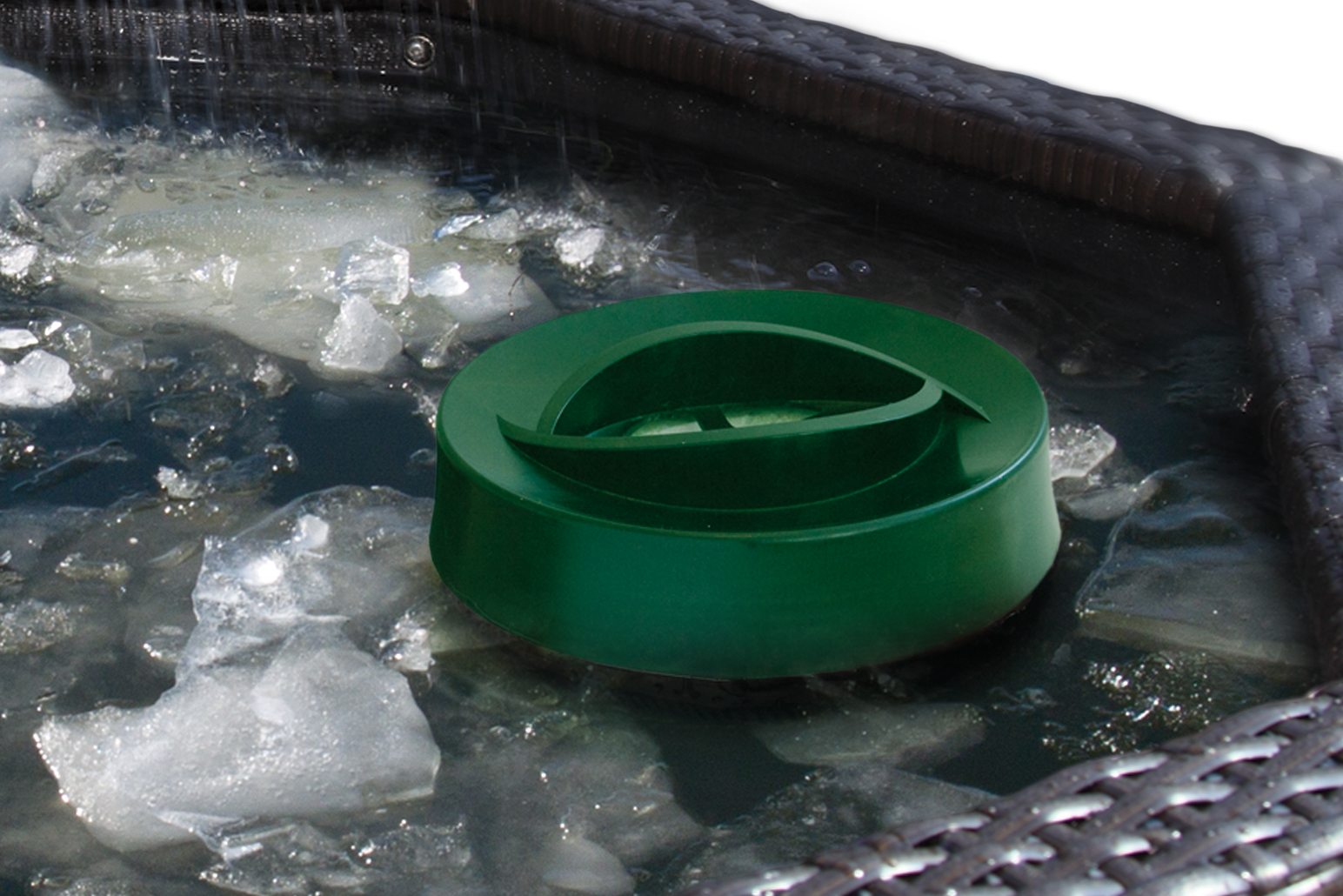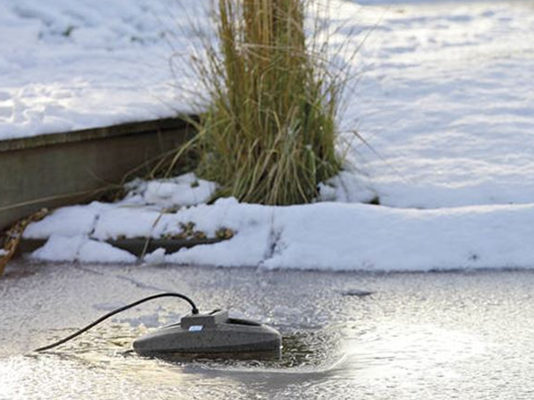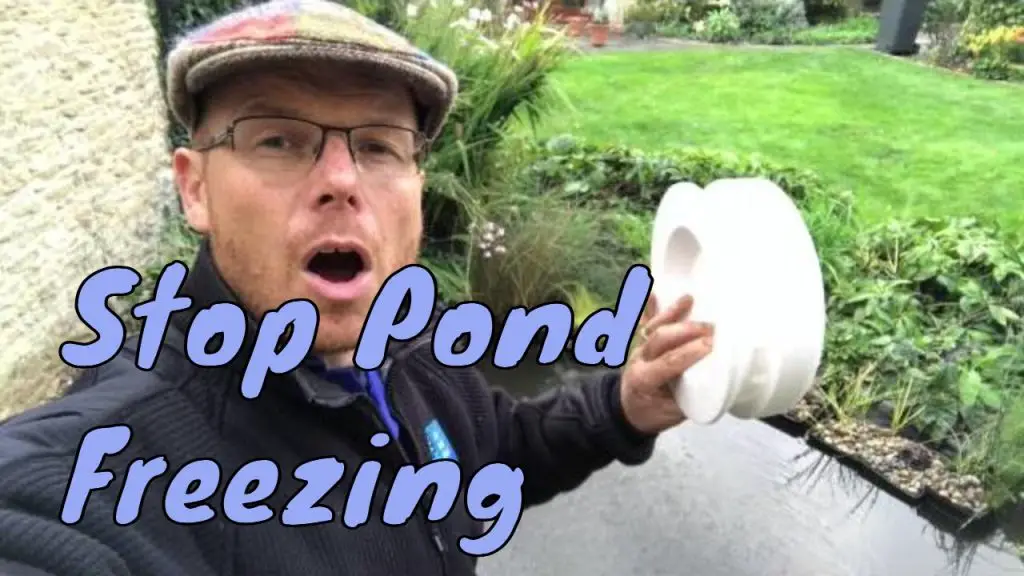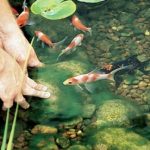Keeping your pond from freezing during the winter months is crucial for maintaining a healthy environment for your fish and plants. Freezing temperatures can be detrimental to the ecosystem of your pond, leading to fish stress, oxygen depletion, and even fish kills. In this article, we will discuss effective methods to prevent your pond from freezing and ensure the well-being of its inhabitants.
1. Pond De-Icers
One of the most common and effective ways to prevent your pond from freezing is by using a pond de-icer. These devices are designed to keep a small area of the pond’s surface ice-free, allowing for the exchange of oxygen and the release of harmful gases.
There are different types of pond de-icers available, including floating de-icers and submersible de-icers. Floating de-icers are placed on the surface of the pond and are ideal for smaller ponds, while submersible de-icers are placed at the bottom of the pond and are suitable for larger bodies of water.
2. Pond Aeration
Another effective method to prevent pond freezing is by using aeration. Aeration systems help in circulating the water in the pond, preventing it from becoming stagnant and freezing. By keeping the water moving, aeration systems help maintain oxygen levels and prevent ice formation.
There are different types of aeration systems available, including air pumps, diffusers, and aerating fountains. These systems not only prevent freezing but also improve water quality and create a healthier environment for fish and plants.

Credit: pondaquariumproblemsolver.co.uk
3. Pond Insulation
Insulating your pond can also help prevent freezing during the winter months. You can use various materials for insulation, such as pond netting, pond liners, or even hay or straw. Insulating your pond helps retain heat and prevents rapid temperature fluctuations that can lead to ice formation.
Ensure that the insulation materials you use are safe for fish and do not contain any harmful chemicals that can leach into the water. Proper insulation can provide an added layer of protection for your pond and its inhabitants.

Credit: www.swelluk.com
4. Pond Covers
Using pond covers is another effective way to prevent your pond from freezing. Covers help in retaining heat and preventing ice formation by reducing heat loss through evaporation. You can use materials like pond netting, plastic sheets, or even old blankets to cover your pond.
Make sure that the pond cover is secure and does not pose any danger to the fish or other pond inhabitants. Regularly check the cover for any damage or debris that may impede its effectiveness in preventing freezing.
5. Ice Eaters
Ice eaters are another option for keeping your pond from freezing during the winter months. These devices are designed to create an opening in the ice, allowing for gas exchange and oxygenation of the water. Ice eaters can be used in conjunction with pond de-icers or aeration systems for added protection against freezing.
When using ice eaters, ensure that they are placed in a location that allows for proper circulation and does not pose a risk to the pond inhabitants. Regularly check the ice eater to ensure it is functioning correctly and keeping a hole open in the ice.
6. Monitoring and Maintenance
Regular monitoring and maintenance of your pond during the winter months are essential to prevent freezing and ensure the well-being of its inhabitants. Keep an eye on the water temperature and ice formation in the pond, and take necessary actions to prevent freezing.
Remove any debris or leaves that may accumulate on the pond’s surface, as they can contribute to ice formation. Check the pond equipment regularly to ensure that it is functioning correctly and providing adequate protection against freezing.
Conclusion
Keeping your pond from freezing during the winter months is vital for maintaining a healthy ecosystem for your fish and plants. By using methods such as pond de-icers, aeration, insulation, pond covers, ice eaters, and regular monitoring and maintenance, you can effectively prevent your pond from freezing and ensure the well-being of its inhabitants.
Remember to choose the method that best suits your pond size and environment, and always prioritize the safety and health of your pond inhabitants. With proper care and attention, you can enjoy a thriving pond throughout the winter season.





